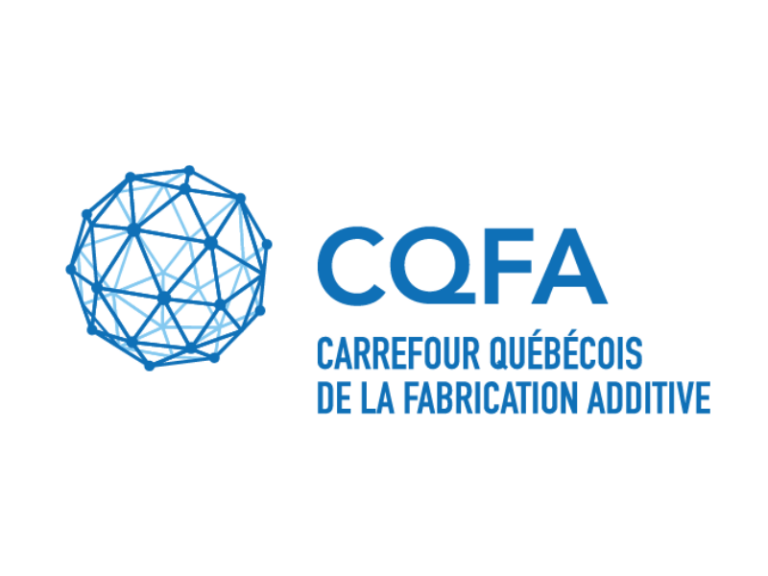
2023/05/08
Axial tension/compression and torsional loading of diamond and gyroid lattice structures for biomedical implants: Simulation and experiment
Timercan, A.; Terriault, P.; Brailovski, V. (2023). Axial tension/compression and torsional loading of diamond and gyroid lattice structures for biomedical implants: Simulation and experiment. Materails & Design, Volume 225, January 2023, 111585.
Lattice structures are increasingly used in biomedical implants, notably intervertebral cages, requiring a better understanding of their behavior for the different types of loading they undergo during application. Strut-based diamond and sheet-based gyroid structures with porosity levels ranging from 50 to 80 % and an identical pore size of 750 μm were manufactured from Ti6Al4V alloy, tested experimentally and simulated numerically in axial tension/compression and in torsion to simulate flexion/extension, compression and rotation of the human spine. The manufactured structures were within 5 % of the targeted porosity. However, numerical simulations overestimated the experimental apparent (effective) stiffness and strength of the structures by an average of 25 %, likely due to the presence in them of manufacturing defects, especially in the higher porosity lattices. Experimental and numerical results showed that the structures have quasi-identical mechanical properties in compression and in tension. However, a comparison of the torsion and axial results indicated that conventional bulk material failure theories such as the von Mises limitation criterion do not apply to the apparent properties of lattice structures. Studied lattices exhibited adequate resistance for use in intervertebral cages, however their stiffness was greater than those of the vertebrae, while situated in the stiffness range of cortical bone.